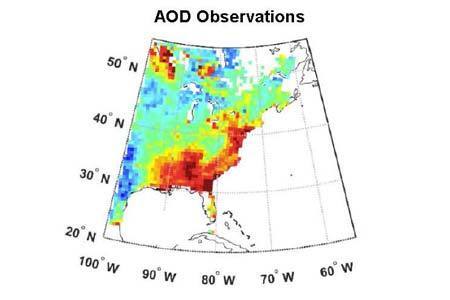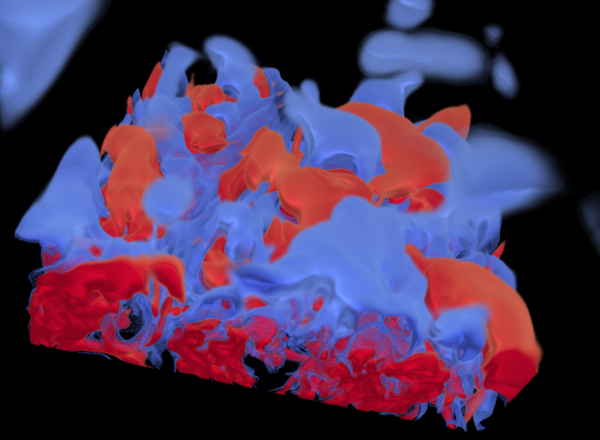Research
Our research aims to understand atmospheric aerosol properties and spatio-temporal variability by investigating mechanisms responsible for their formation, growth and transport in the atmosphere. We apply models at different scales and resolutions to investigate aerosol impacts on human health and the Earth's climate.
The Atmospheric Chemistry and Aerosol Modeling Group focuses on the following main research topics:
-

Regional Air Quality Modeling with WRF-Chem
By exploiting the latest advances in High Performance Computing we investigate model sensitivity on the spatial resolution applied and on different physical/chemical parameterizations.
-

Aerosol Dynamics Modeling
We are interested in understanding processes responsible for dictating new particle formation in the atmosphere and particle size distributions by integrating box and regional models with ground-based and remotely-sensed observations.
-

Extreme Pollution Episodes - Climate, Health and Societal Impacts
We use high resolution regional model simulations to investigate spatio-temporal patterns of these events and to assess the associated population exposure and mortality burden as well as changes to the Earth’s climate.
-

Wind Energy
Within the KAUST-funded project entitled “Space-time Statistical Models for Wind Field Forecasting with High Performance Computing” we are quantifying energy potential and relative uncertainty from wind in Saudi Arabia to enhance its renewable energy portfolio.
-

Microscale Modeling
We investigate the coupling of mesoscale and microscale models, and associated challenges at Terra Incognita resolutions, for a range of applications related to turbulence, convection and air pollution dispersion at neighborhood scale.
-
Extreme precipitation
This NASA funded project focuses on investigating the role of land use change and urbanization on the characteristics of extreme precipitation events through observations and numerical model simulations.